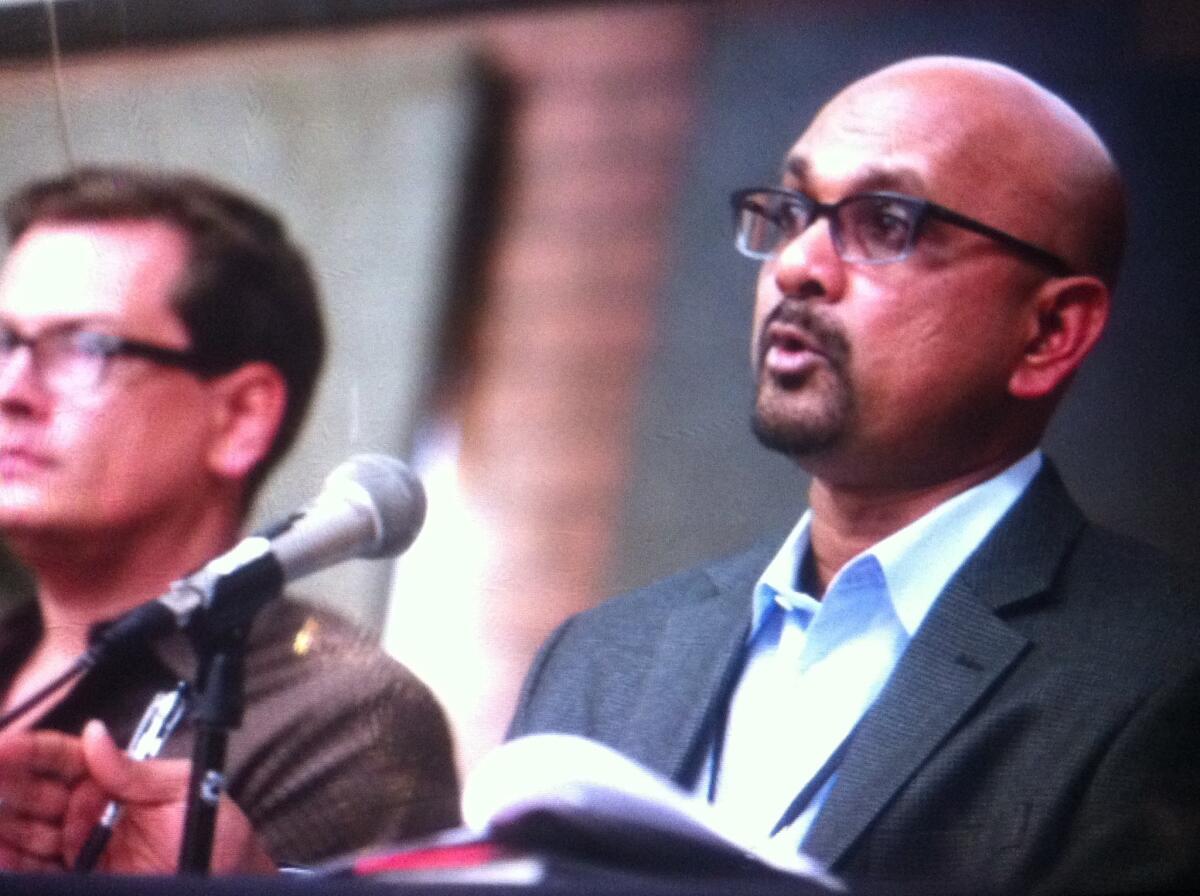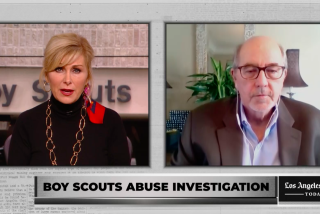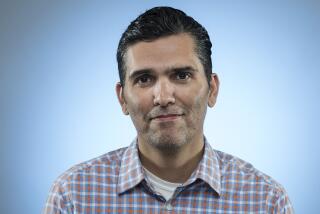Times investigative reporters swap stories of watchdog journalism

“The thing we try to do first and foremost is watchdog journalism, and everything comes under that line.”
Thus did L.A. Times editor and self-proclaimed “chief cheerleader” Davan Maharaj describe the paper’s approach to investigative reporting in a panel discussion titled “The L.A. Times and Accountability Journalism” at the Festival of Books on Saturday.
In the past year, Maharaj said, “We took on the county assessor’s office, a scandal at the county jails, poor fire-response times among LAFD paramedics, poor regulation in recycling” — and, he quipped, “every aspect of Lindsay Lohan’s interface with the police.”
FULL COVERAGE: FESTIVAL OF BOOKS
Maharaj then highlighted two of the Times’ most significant recent reports and introduced four of the journalists who helped produce them: Scott Glover and Lisa Girion investigated the link between prescription drug overdose deaths and rogue physicians in Southern California, and Jason Felch and Julie Marquis uncovered information about the history of sexual abuse in the Boy Scouts of America.
Their dogged work demonstrates what Maharaj called the news media’s “vital role as watchdogs of the public interest.”
Felch, for example, was able to obtain access to a portion of the Boy Scouts’ confidential “perversion files,” a blacklist that has been relied upon to prevent sexual abuse in the organization but which also demonstrate a chilling history of misconduct. Felch also tracked down a repeat offender who molested boys he had met in scouting programs in the U.S. and Canada over two decades. Contrary to Felch’s own expectations, he got the man’s story.
“My assumption was [that] he would immediately turn us away and say, ‘I have no comment,’ and that would be the last we saw,” Felch said. “But we felt like we had an obligation, having really documented this man’s history over a decade, several decades of abuse — that we had an obligation to hear his side of the story, to tell him that we were doing this and to confront him with this information.
“To my surprise, he said, ‘Hold on. Let me see if there’s an open room upstairs.’ He found an empty suite … and we sat down for the next three hours and interviewed him.”
Felch added, “We felt it was important that people know what he had done in his past, and so that information is now out there and readily available to people.”
“What the Boy Scouts were really doing,” Marquis said, “was exporting the problem, in many cases, to society at large. What happened is they would identify a problem, they wouldn’t want the problem in their midst, so they would find some way to get rid of the alleged perpetrator or the person they suspected of abuse. … So often these men would leave and would have no problem gaining entree into other organizations or other communities where they could repeat the same pattern.”
Girion and Glover exercised similar tenacity while investigating local physicians linked to a disproportionate number of deaths from prescription drug overdoses.
“It wasn’t easy,” Girion said. “In many cases we had to make several attempts to get the doctors to speak to us.”
On one such attempt, while staking out a doctor’s office to confront him on the way out, a car with tinted windows suddenly pulled up while the doctor ran out and jumped in; the car then sped away.
“Later we attempted to talk to that doctor by kayaking to the back of his home,” Girion said. “Ultimately he — like all of them — spoke to us. Our pitch was, You know best what happened in your practice, and you can explain this to us better than anybody else. And he did.”
Glover added that part of their investigation was to examine a different side of the problem of prescription drug overdoses and to challenge assumptions.
“There was kind of this conception that it was young kids partying and that kind of thing — they take one pill too many,” he said. “We found that the average person who was dying was in their 40s, and they had been prescribed drugs for a workplace injury or a sports injury or something like that. And perhaps they had past troubles with alcohol or illicit drugs … after a while they became addicted. [We found] that many of these deaths, that was the pattern, which I think a lot of people can relate to.”
He added, “It kind of showed the problem in a new light.”
More to Read
Sign up for our Book Club newsletter
Get the latest news, events and more from the Los Angeles Times Book Club, and help us get L.A. reading and talking.
You may occasionally receive promotional content from the Los Angeles Times.






